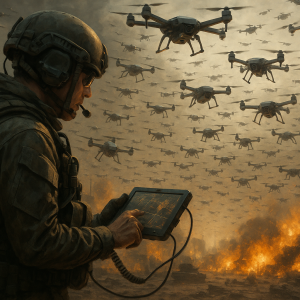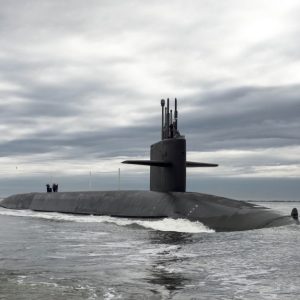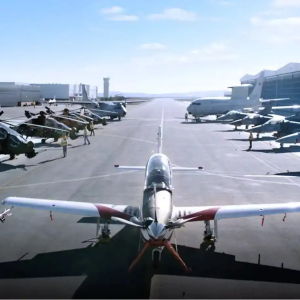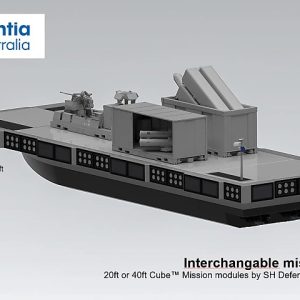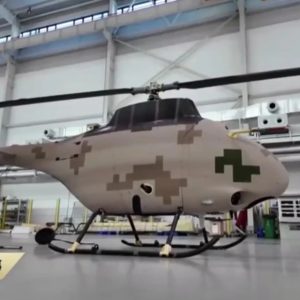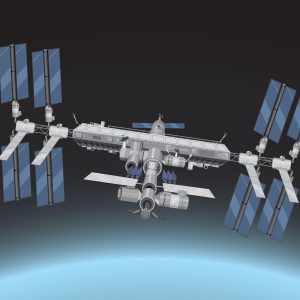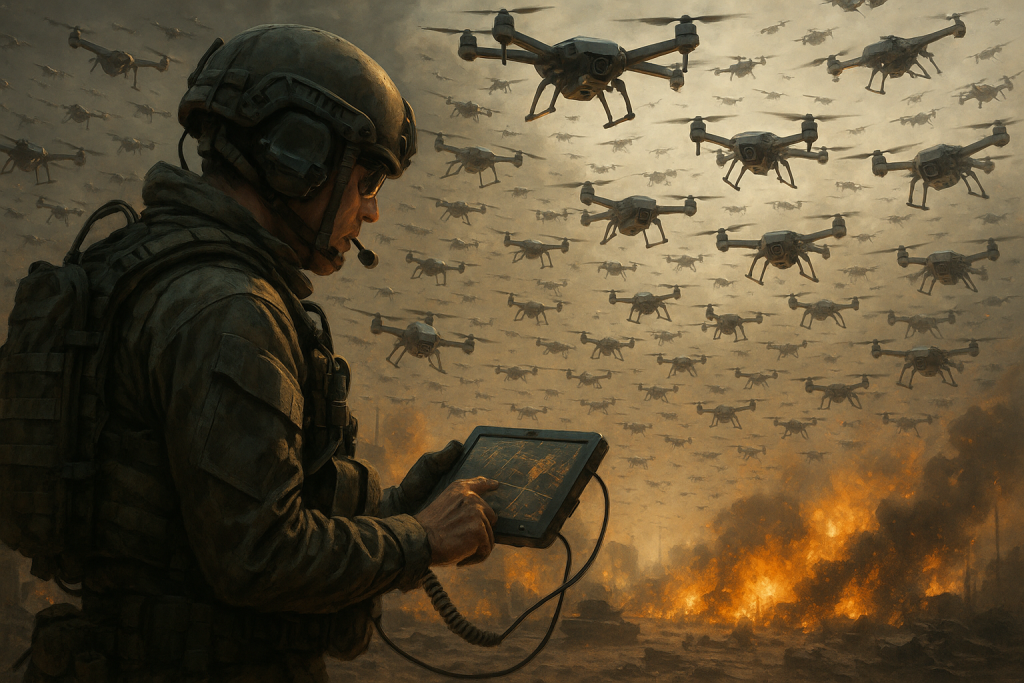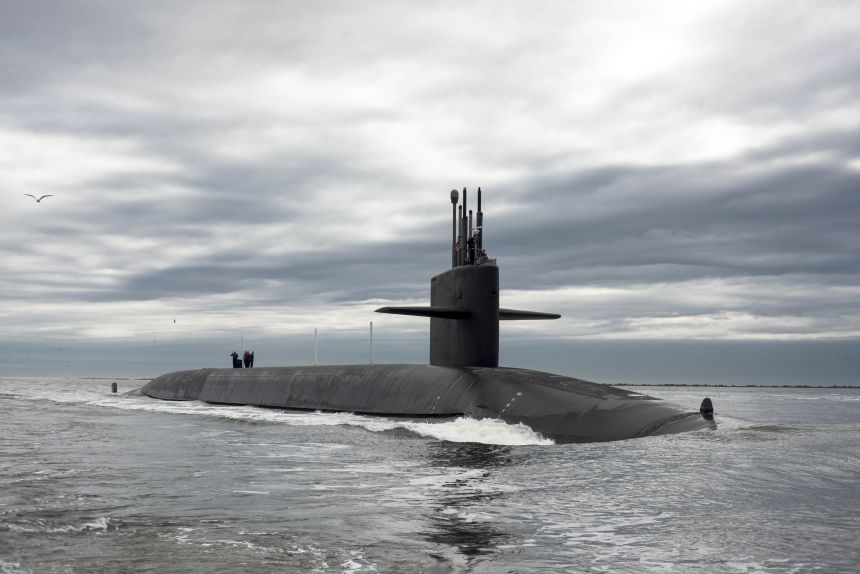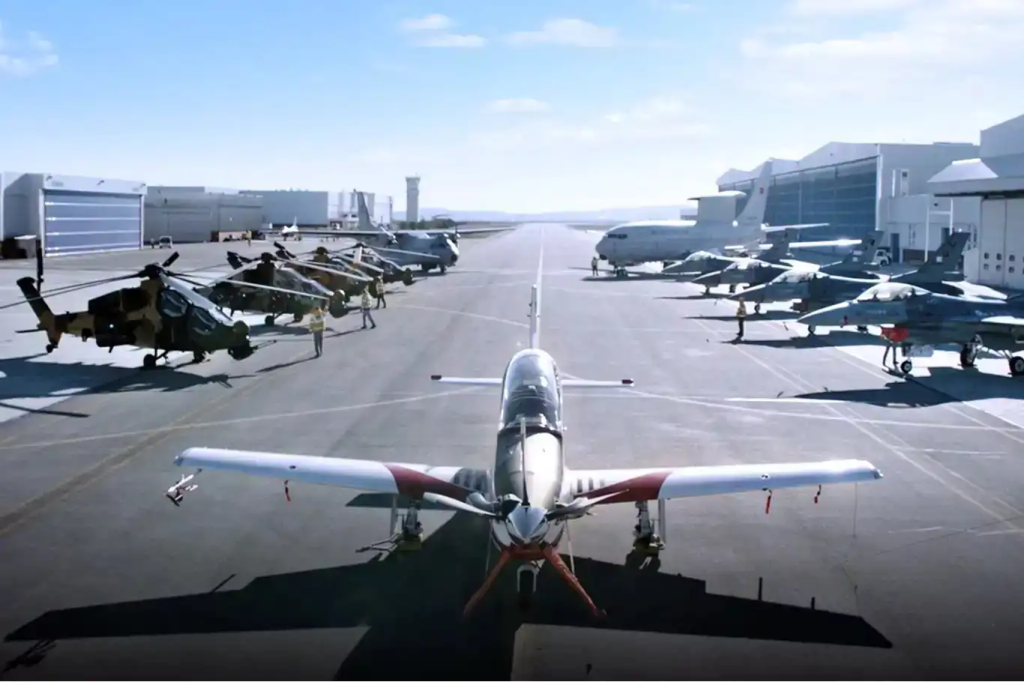Lieutenant Colonel Brandon Newell of the U.S. Navy captures the essence of the 5G revolution in defense succinctly: “5G technology is a necessary weapon for the utilization of civilian industry technology in the defense industry. In other words, 5G will be the cornerstone beneath the next generation of warfare.”
Key Facts
- Technology focus: 5G, AI, IoT, robotics integration in defense
- Key driver: High bandwidth, low latency, cloud accessibility
- Challenge: Integration with satellite and combat radio networks
- Stakeholders: U.S. DoD, DARPA, SpaceX (Starlink), global defense R&D
- Strategic impact: Redefines command, control, and autonomous operations
Evolution of 5G: From Civilian Telecommunications to Next-Gen Warfare
Before reshaping the battlefield, 5G transformed everyday life. From mobile communications to cloud computing, it has become the nervous system of the digital era. As societies evolved, so did the need for faster, more secure, and more efficient data transfer—laying the groundwork for military adaptation.
The leap from civilian telecom to military infrastructure was not accidental but inevitable. With its gigabit-level bandwidth, ultra-low latency, and network slicing, 5G now enables data-driven decision-making at unprecedented speed. When paired with Artificial Intelligence (AI), Internet of Things (IoT), and autonomous systems, it becomes the connective tissue of next-generation warfare.
Leveraging the Power of 5G in Defense Systems
For modern militaries, connectivity is as crucial as firepower. 5G’s distributed architecture supports seamless integration across domains—linking unmanned aerial, maritime, and land vehicles with sensor networks, logistics platforms, and soldier-borne devices.
Such connectivity allows commanders to orchestrate complex, multi-domain operations in real time. In effect, 5G creates a “combat internet,” where every node—human or machine—contributes to a shared situational picture.
Potential Applications and Implementations
The real potential of 5G lies in software-defined adaptability. Through advanced simulations and digital twins, engineers can stress-test combat scenarios before deployment. This allows precise modelling of variables such as interference, signal jamming, and user load—critical for both commercial-military spectrum sharing and mission assurance.
Additionally, 5G’s network slicing can allocate bandwidth dynamically between command centres, autonomous drones, or battlefield medics, depending on operational priorities. This level of agility represents a paradigm shift in Command, Control, Communications, Computers, Intelligence, Surveillance, and Reconnaissance (C4ISR) architectures.
Challenges and Future Prospects
Despite its transformative promise, 5G faces obstacles on the path to full military adoption. Compatibility with legacy communication systems, including combat radio networks and satellite constellations, remains a major technical and logistical challenge.
Security is another front line. 5G’s vast device ecosystem widens the cyber-attack surface, demanding robust zero-trust architectures and quantum-resilient encryption.
The U.S. Department of Defense (DoD) has accelerated acquisition efforts through pilot programs and public-private collaborations. Projects like DARPA’s Open, Programmable, Secure 5G (OPS-5G) initiative and SpaceX’s Starlink constellation demonstrate the convergence of terrestrial and orbital communications.
Conclusion
Research and development in 5G technology extend far beyond faster smartphones—they are reshaping the strategic, operational, and industrial landscapes of defence. Nations that master 5G integration will not only enhance battlefield agility but also secure a dominant position in the emerging defence economy.
As AI, robotics, and IoT continue to fuse under 5G’s umbrella, the distinction between digital and kinetic domains will blur. In that sense, 5G is not merely a network—it is the architecture of future deterrence.
Further Reading
- DARPA’s OPS-5G Initiative
- U.S. Department of Defense 5G Strategy
- Starlink and Defence Connectivity
- AI and IoT Integration in Defence
- Quantum Communication in Defence Networks


